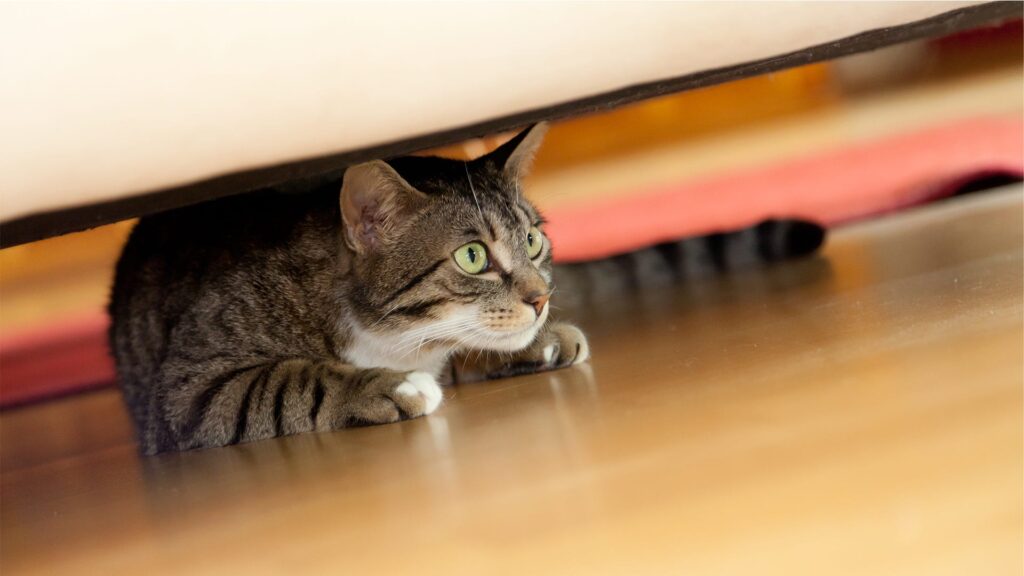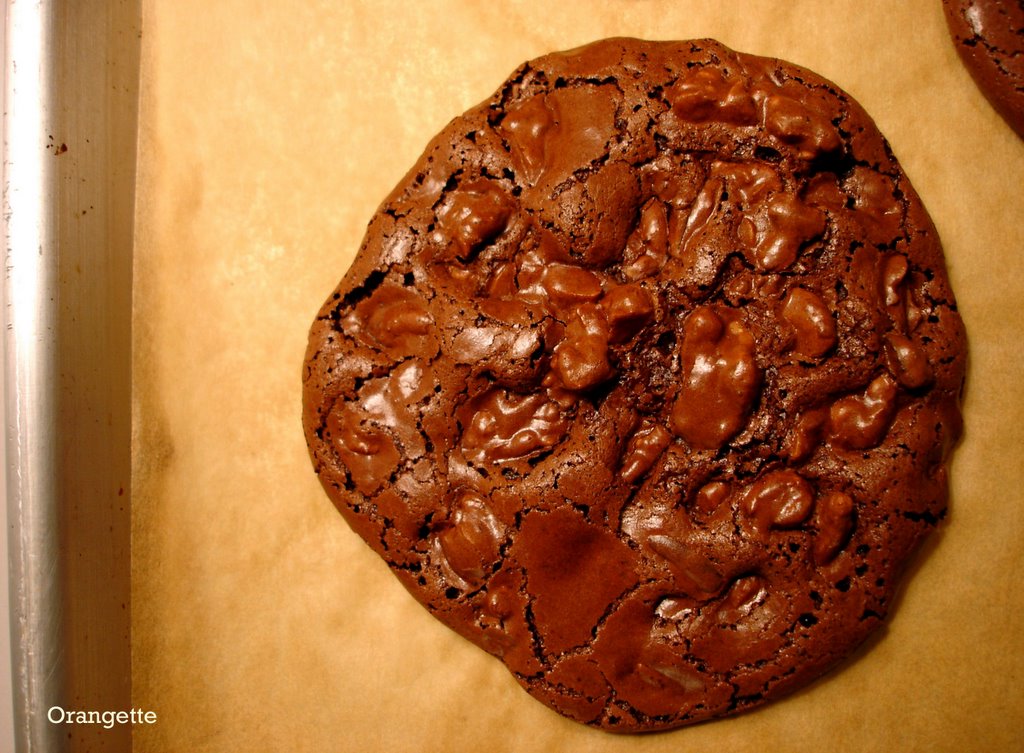After a bath, cats may shake due to the wetness triggering their natural grooming instincts. This shaking helps them dry off quicker and restore their fur’s natural oils.
When cats shake after a bath, it is a normal behavior that aids in maintaining their cleanliness and appearance. Bathing can be a stressful experience for cats, as they don’t enjoy being wet, so shaking is a way for them to cope with the discomfort and regain control of their fur.
Understanding this behavior can help cat owners feel reassured that their feline friends are taking care of themselves and adapting to the bathing process.
Contents
Understanding The Phenomenon Of Cat Shaking
Cats are known for their dislike of water, and shaking after a bath is a common physiological response. This behavior is a result of a couple of factors:
| Physiological Response to Wetting | The Role of Body Temperature Regulation |
|---|---|
| Cats have a natural dislike for water due to their dense fur and limited ability to dry off quickly. When a cat gets wet, it triggers a reflex reaction in their muscles, causing them to shake vigorously. This shaking helps to remove excess water from their fur and aids in the drying process. | The shaking motion also helps to raise the cat’s body temperature. As water evaporates from their fur, it cools their skin and can leave them feeling chilled. By shaking, the cat generates body heat, helping to restore its normal temperature. |
This shaking behavior should not be confused with shivering, which is a sign of being cold or unwell. If your cat continues to shake excessively or exhibits other concerning symptoms after a bath, it is advisable to consult a veterinarian to rule out any underlying health issues.
Common Reasons For Cat Shaking After A Bath
Common Reasons for Cat Shaking After a Bath:
Natural Instincts and Survival Mechanisms: Cats have a natural instinct to groom themselves and keep their fur clean. When they are wet, they may feel vulnerable and uncomfortable, causing them to shake in an attempt to dry themselves. Shaking helps to remove excess water from their fur and restore their body temperature to a normal level.
Wetting Anxiety and Stress: Some cats may develop anxiety or stress associated with water and bathing. This can be due to a previous negative experience or a fear of unfamiliar situations. Shaking after a bath may be a sign of their heightened stress levels and an attempt to alleviate the discomfort they feel.
Sensory Overload from Water and Bathing Process: Water and the bathing process can overwhelm a cat’s sensitive senses. The sound, smell, and feel of water may cause sensory overload, leading to shaking as a response. Cats may also experience discomfort from the sensation of being wet, prompting them to shake.
Addressing Cat Shaking After A Bath
| Preparing the Bathing Environment |
|---|
|
| Gradual Introduction to Water |
|---|
|
| Using Gentle and Soothing Techniques |
|---|
|
| Positive Reinforcement and Treats |
|---|
|

Credit: wagwalking.com
Frequently Asked Questions Of Why Is My Cat Shaking After A Bath? What’s Up With That?
How Do You Warm Up A Cat After A Bath?
Gently dry your cat with a towel, or use a hairdryer on a low setting from a safe distance. Keep your cat in a warm, draft-free room until they are completely dry. Ensure they have access to a cozy spot and provide extra warmth with blankets or a heated pad if needed.
What Should I Do If My Cat Is Shaking?
If your cat is shaking, it may be a sign of something wrong. It’s important to observe their behavior and check for any other symptoms. If you are concerned, it is best to consult a veterinarian for a proper diagnosis and appropriate treatment.
Why Is My Cat Vibrating?
Cats vibrate for various reasons, such as contentment, pleasure, or communication. It could be a sign of happiness or relaxation when your cat vibrates or purrs.
Why Does My Cat Shake After A Bath?
Cats may shake after a bath due to wet fur, which can be uncomfortable and cause shivering. It’s their natural way to dry off and regulate body temperature. However, if the shaking persists for a long time or seems excessive, it’s best to consult a veterinarian to rule out any underlying health issues.
Conclusion
If you’ve ever wondered why your cat shakes after a bath, you’re not alone. This common behavior is actually a natural response to the wet and unfamiliar sensation they experience during bathing. Understanding the reasons behind this shaking can help pet owners provide a more comfortable and stress-free bathing experience for their furry friends.
By ensuring the water is warm, using a gentle touch, and offering rewards, you can help your cat feel more at ease during bath time. So, next time your cat shakes after a bath, remember it’s just their way of adjusting to the new environment.
Katie Lindsey is a passionate cat lover and founder of Cats Solution, a comprehensive resource for all things feline. With a lifelong love for cats and extensive knowledge in their care and behavior, she provides expert advice and solutions to cat owners. Through her website, Katie fosters a supportive community where cat enthusiasts can find guidance and heartwarming stories. A dedicated advocate for animal welfare, Katie also promotes responsible pet ownership and adoption. Join her on this purr-fect journey celebrating the joy of feline companionship.



